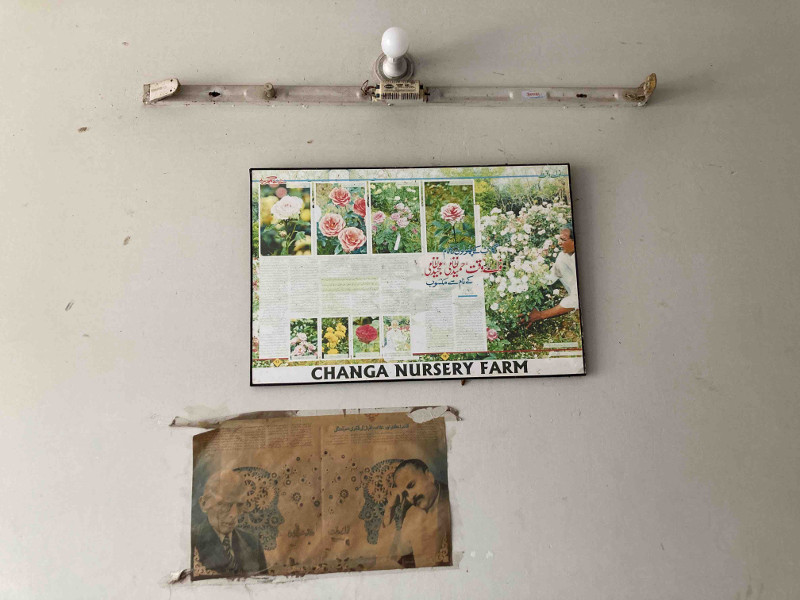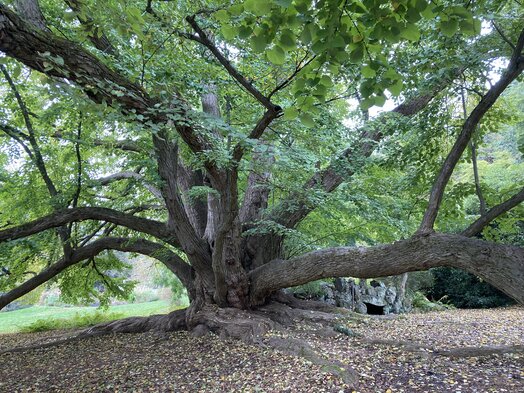
Grafting with Care: Encountering Human-Plant Relations Through Experiments with Roses
When seen through the experiences and histories of experimentation and care, plants such as roses can bring new insights into the affective and material entanglements of more-than-human relations. My ethnographic encounter with Mr. Changa, a prominent figure in the world of horticulture and plant nurseries in Pakistan, gives us a glimpse on “seeing and being-with” (Haraway 1998) non-human others, such as roses, to foreground the making of social worlds through affect. These encounters show that even though colonial inscriptions on social understandings of nature were marked in influences over tastes and attitudes (Mintz 1985), an attention to nuanced affects, articulations, and values can disrupt the process of creating “authentic” relations with plants and singular legacies of expertise. Writing against the dominance of an object-oriented ontology in mainstream science and technology narratives, this post follows scholarship that emphasizes an “anthropology beyond the human” (Kohn 2013) to center the connections between plants and humans as not only metaphorical but literal (De La Cadena 2010). (read more...)

